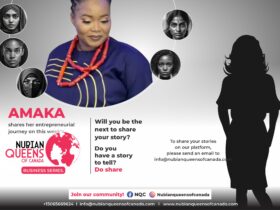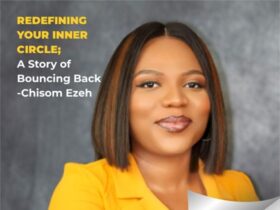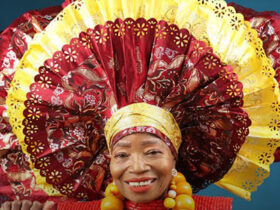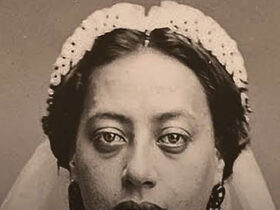By the time Mae Jemison was seven years old, she had already decided her future; she wanted to go where no African-American woman had ever gone before: space.
Born in 1956 in Decatur, Alabama, and raised on the South Side of Chicago, Jemison grew up in a world where expectations for little Black girls were anything but cosmic. Yet Mae was different. She devoured books, tinkered with science experiments in her kitchen, and lived inside the worlds of science fiction. Her name was Mae Carol Jemison, and even then, her curiosity stretched as far as the galaxy she gazed upon.
Mae was not born into a world that expected her to reach the stars. In fact, the odds were stacked like a wall in front of her. She was an African-American girl growing up amid the Civil Rights Movement, when dreams were often clipped by prejudice before they had the chance to soar. But Mae, bright-eyed, fearless, and endlessly curious, refused to let gravity hold her down.
Her parents, Charlie and Dorothy Jemison, taught her something priceless: never be limited by other people’s expectations. Charlie encouraged her questions; Dorothy filled their home with books, believing education was the strongest form of power. Then came a moment that changed everything. In 1969, as a 13-year-old girl in Chicago, Mae watched Neil Armstrong take his first steps on the moon. The world cheered, but something bothered her: there were no women up there, and certainly no women of colour. Why not? “If they can go,” Mae thought, “then so can I.”
She graduated from high school at 16, and before most kids her age had even chosen a college, Mae entered Stanford University, one of the toughest schools in America. There, she didn’t just survive -she thrived. She earned a degree in chemical engineering while studying African and Afro-American studies. And if that wasn’t impressive enough, she then earned a medical degree from Cornell University.
For Mae, science was never enough on its own -she wanted to heal, to dance, to explore the unknown. She worked as a doctor in refugee camps in Africa, treating the sick and saving lives under harsh conditions. But the stars kept calling.
In 1987, Mae made the boldest move of her life: she applied to NASA’s astronaut program. She faced over 2,000 applicants, most of them white men, all of them highly qualified. But Mae didn’t flinch. She knew she had the skills, the training, and the passion. And in 1987, NASA said yes. Mae Jemison became the first African-American woman astronaut in history.
Five years later, on September 12, 1992, she boarded the Space Shuttle Endeavour for the STS-47 mission. As the engines roared and the ground fell away, Mae felt herself lift beyond everything-racism, sexism, doubt. Out the window stretched the blue curve of Earth, breathtaking and fragile. She carried with her not just her own dreams, but the dreams of generations who had been told to stay small.
“I wanted to show that you have as much right as anyone to be there-in every place you dream of being,” Mae later said.
When she returned from space, she didn’t stop breaking barriers. She founded the Jemison Group, worked to improve science education, and launched programs to encourage young people – especially girls and minorities- to pursue STEM careers. She even appeared on Star Trek, fulfilling her childhood love of science fiction.
Mae Jemison’s story isn’t just about space. It’s about defying limits, rewriting expectations, and proving that no dream is too big when you dare to chase it.
Today, when little girls of every colour look up at the night sky, they see more than stars. They see possibility. And for that, we thank Mae Carol Jemison, the woman who danced among the stars and taught us all to dream without gravity.











Leave a Reply